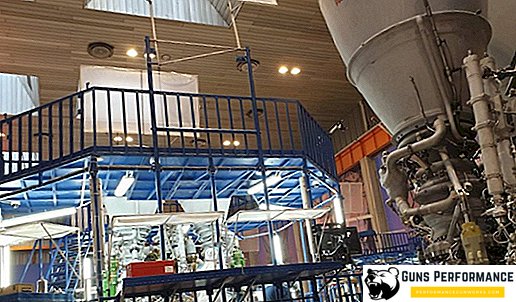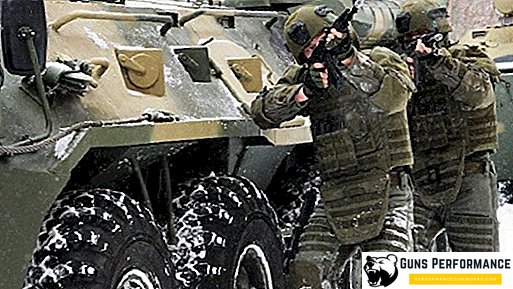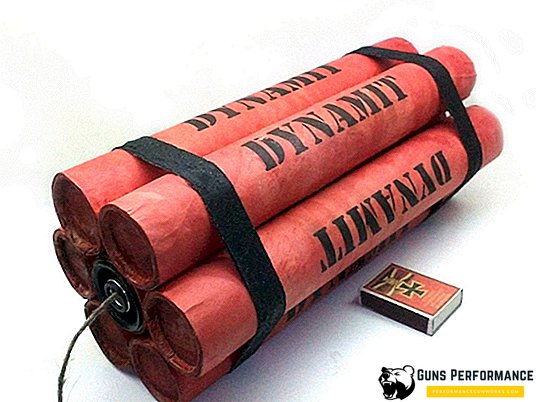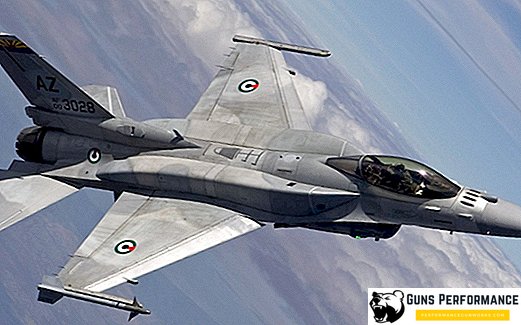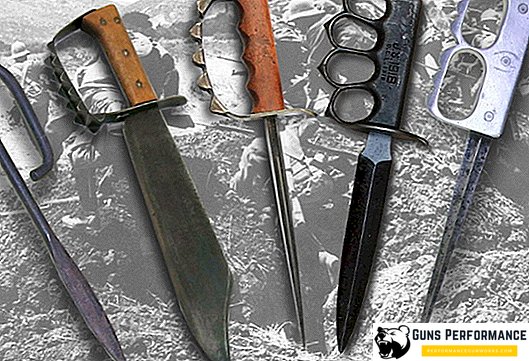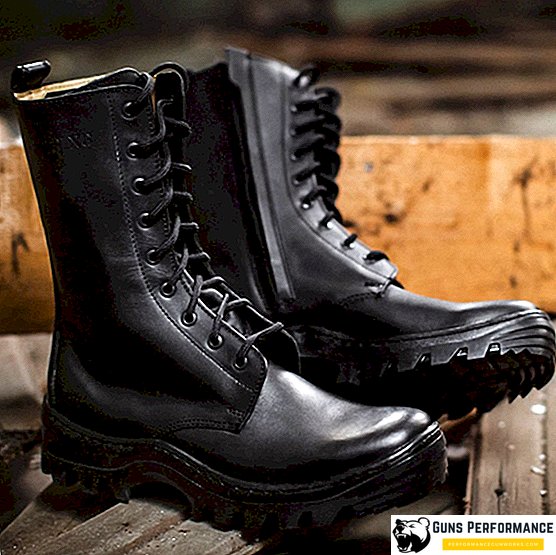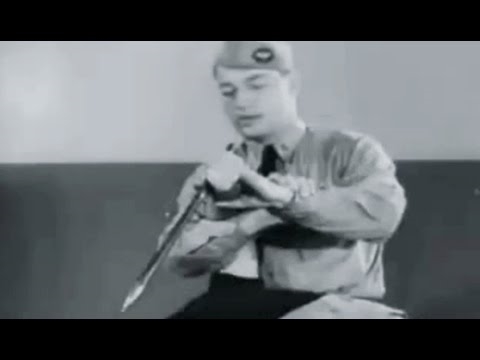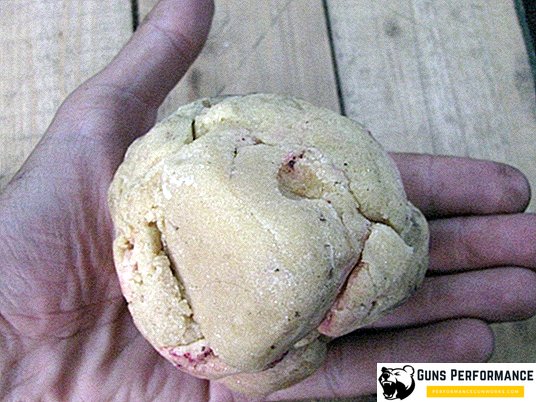
Plastites are a fairly large group of explosives (BB), the main feature of which is plasticity. Although, for their names the term "plastic explosives" (PVV) is most suitable. In English, this type of explosives is called plastic explosives; it is simply illiterate to translate this phrase as "plastic explosive".
Most often, the composition of the plastite includes hexogen and some organic plasticizer (polyurethane, mineral oil, butyl rubber, Viton, etc.). But there are other varieties of this explosive, the main explosive component of which is octogen or pentaerythritol nitrate.
Probably, it is difficult to name another kind of explosive that is so “infuriated” in the media as plastic. As soon as the journalists do not call this type of explosives: "plastids", "plastic explosives", "plastic explosives". However, the point is not even in the title. None of the explosives invented as many myths and frank tales as plastite. It is endowed with incredible, simply monstrous power: "... plastic explosives, which are 5 (10, 15) times more powerful than trotyl," "... 20 grams of plastid spreads a truck into pieces."
A significant role in the birth and development of this myth was played by Hollywood films, in which it regularly demonstrates how a piece of plasticite the size of a matchbox blows a small house into pieces. The main advantage of plastic explosives is not their power, but ease of use.
In fact, the plastite belongs to blasting explosives of medium or normal power, which is quite comparable with TNT.
Plastite has a well-established reputation as a "sabotage" explosive, but this is not entirely true. Its engineering (sapper) subdivisions are much more often used, and also plastite is used to equip some types of ammunition. In addition, this explosive is used for peaceful purposes: for stamping, explosion welding.
Physical and chemical characteristics
Plastite in the normal state of aggregation is a plastic clay-like substance that feels like plasticine with sand to the touch. Although, there are a large number of plastic explosives, and they differ from each other in color and consistency. The Soviet plastic explosive PVV-4 resembles dense clay of dark brown color. Other types of plastic explosives are similar to paste, it depends on the type and amount of plasticizer used in the manufacture of explosives.
The density of the plastic is 1.44 g / cm3, at a temperature of -20 degrees, it freezes, and at +30 degrees it loses its constant shape. At 210 degrees plastite lights up.
The plastite is practically insensitive to mechanical stress, it can be beaten, it can be shot at it - this will not cause detonation. Similarly, UIPs react to fire, spark or chemical exposure. A blasting cap immersed in an explosive to a depth of at least 1 cm is necessary to explode plastid.
The detonation speed of the explosives is 7 thousand m / s., The blasting rate of this explosive is 21 mm, and the high explosiveness is 280 cm.3, and the energy of the explosive transformation of plastite is 910 kcal / kg.
Plastic explosives do not react with metals, they do not dissolve in water, do not lose their properties when heated for a long time. Plastite burns well, intense burning in a confined space can lead to detonation.
If we talk about the Soviet plastic explosive PVV-4, it is packaged in briquettes with a mass of 1 kg. There are varieties of PVV, which are packaged in tubes or made in the form of tapes. These explosives are more elastic, they resemble rubber or rubber. There are PVV, which included adhesive additives. They are convenient to attach to various surfaces.

History of plastic explosives
The nineteenth century was a real “high point” for chemists who were engaged in the development of new types of explosives. In 1867, Alfred Nobel patented dynamite, which can be called the first plastic explosive.
The first type of dynamite was made by mixing nitroglycerin with diatomaceous earth (silica earth). The explosive turned out to be quite powerful, had an acceptable level of security (compared to nitroglycerin) and had a consistency of dough.
At the end of the 19th century, the French developed the sheddite, a plastic explosive that could be used to equip ammunition. This explosive was actively used during the First World War.
During World War II, a plastic explosive, hexoplast, was developed in Germany, which consisted of a mixture of hexogen (75%), dinitrotoluene, TNT and nitrocellulose. Later, the Americans "borrowed" this composition and began its mass production under the name C-2.
In Britain, the first plastic explosive appeared before the beginning of the PRC, it was called PE-1 and was used for blasting. PE-1 consisted of 88% hexogen and 12% petroleum oil. Later this composition was improved, it was added emulsifier lecithin. Under the name PE-2, this explosive was actively used by the British during the Second World War. Moreover, it was in service with special units of the UK, which is probably why plastic explosives became an obligatory attribute of a saboteur in the public consciousness.
In the 50s, the British created another type of UIP - PE-4. Moreover, this development turned out so well that it is in service with the British army today. It consists of: 88% RDX, 11% special lubricant DG-29 and an emulsifier. This explosive turned out to be quite successful - inexpensive, reliable and quite powerful. PE-4 is used for blasting, as well as for equipping some types of ammunition.

In the United States began to produce plastic explosives during the Second World War. The first American UIP was the C-1 explosive, similar in composition to the English PE-2. A little later, it was slightly modified to C-2, and then C-3. All these UIPs used hexogen as an explosive component, only plasticizers differed.
In 1967, plastic explosive C-4 was patented, which later became almost synonymous with PVV. P-4 was used very successfully in Vietnam, currently there are several classes of this explosive, they differ from each other in the amount of hexogen.
There are several curious stories associated with the use of P-4 in Vietnam. Initially, the use of this explosive led to frequent cases of severe poisoning among American soldiers. The fact is that they tried to use pieces of C-4 instead of the usual gum for Americans. Hexogen, which is part of C-4, is a strong poison, and it caused poisoning. After that, a clause was introduced in the instructions for P-4 that chewing plasticity is prohibited.
The second group of accidents was related to attempts by military personnel to use P-4 as a fuel for cooking. Plastite did not explode, but the hexogen vapor, having got into the food with the smoke, also led to poisoning. After that, another instruction appeared in the instructions for explosives: "It is forbidden to use for cooking."
It should be noted that today a large number of plastic explosives are in service with the American army. They differ in both the explosive component and plasticizers.
In the 1950s, plastic explosives began to be used for stamping, welding, and repairing equipment (for example, blast furnaces).
The first Soviet plastic explosives, which began to produce en masse, was PVV-4. This plastite consists of 80% hexogen, 15% lubricating oil and 5% calcium stearate. It appeared around the end of the 1940s, but practically did not enter the troops.
In the 60s, another type of plastic explosive was created in the USSR - PVV-5A, which was a complete analog of the American C-4. This explosive was used to equip PWS mines and dynamic armor for tanks.
In the same period, plastic explosives PVV-7 with an increased level of explosiveness was created for demining systems.
For a long time plastic explosives were considered to be secret in the USSR, therefore it almost did not enter the combat units. The situation changed only with the beginning of the war in Afghanistan.
Using

Why is plastic explosive needed, if by its power it is inferior (or equals) to TNT and hexogen, and by the cost it considerably exceeds them?
The fact is that the blasting (crushing effect) of small explosive charges rapidly decreases with distance from the detonation point. Roughly speaking, if ten grams of explosives explode in your clenched fist, then you are guaranteed to lose your fingers. If the same amount of explosives detonates twenty centimeters from your hand, the damage will be minimal. The conclusion from this is simple: for causing maximum damage to the object, the explosive should be as close as possible to it.
In this regard, the PWV is ideal, the charge of plastic explosive can be placed not only close to the object being destroyed, but also be stuck to it. A metal beam or channel can be covered with PVV from all sides and this will not interfere with ledges, bolts or rivets.
Yes, and mount plastic explosives much easier and faster than, for example, TNT checkers.


